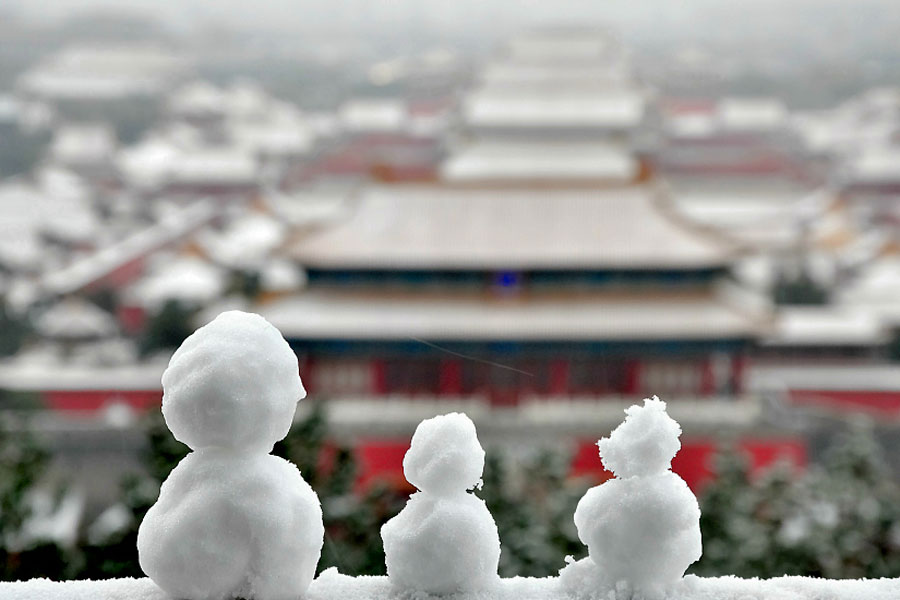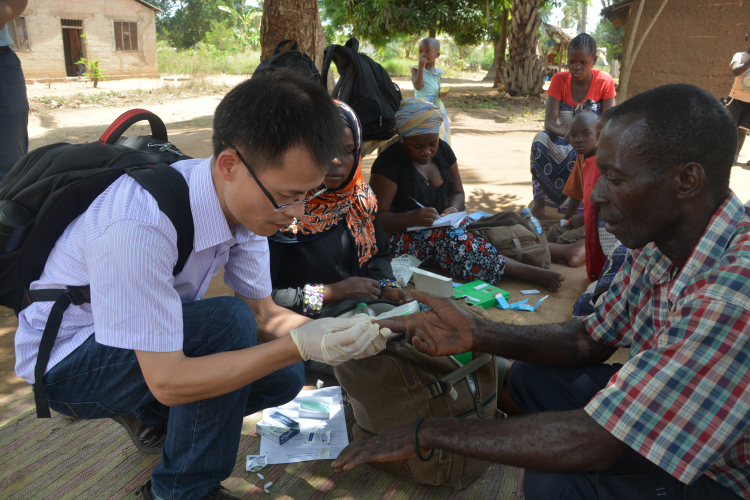China’s Evolving Health Diplomacy Within and Outside of the Belt & Road Initiative
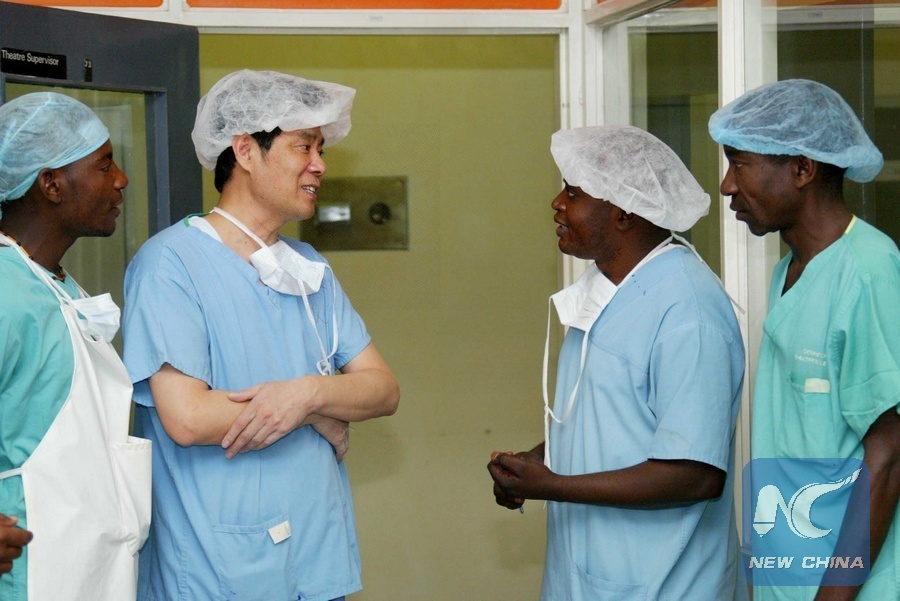
January 16, 2024 | Max Girardi, 2023 Fall Intern, Bridge Consulting
2023 marked the 60th anniversary of the dispatching of the first Chinese medical team to Algeria, a pivotal milestone in China’s history of aid. At the same time, it also marked the 10th anniversary of the Belt and Road Initiative (BRI). As the BRI has grown over the past decade to become a signature foreign policy initiative, China’s outbound health-related projects have been incorporated under the banner of the “Health Silk Road”. But as with medical teams, Chinese aid and investment have long focused on healthcare even before the BRI. Now that changes to the goals and means of the BRI have been announced at the 3rd BRI Forum in October, with a noticeable shift towards “small yet smart” projects, health diplomacy and aid has to find its place moving forward. With a new decade ahead for the BRI, it’s time to take a look back at past achievements and the future potential of Chinese health diplomacy.
Origins of health diplomacy: a strategic move for recognition
Medical teams: first steps beyond borders
Medical teams were one of the first, and to this date, most representative forms of China’s health diplomacy. Once the decision to send a medical team to Algeria was taken by then-Premier Zhou Enlai, Hubei province was tasked with assembling a team of 13 doctors that were sent off in October 1963 and would treat patients in Algeria for a total of 2 and a half years. This represented the first cautious steps abroad for an at the time very reclused China. Further missions were soon to follow, to Yemen and the Republic of Congo in 1966 and 1967 respectively.
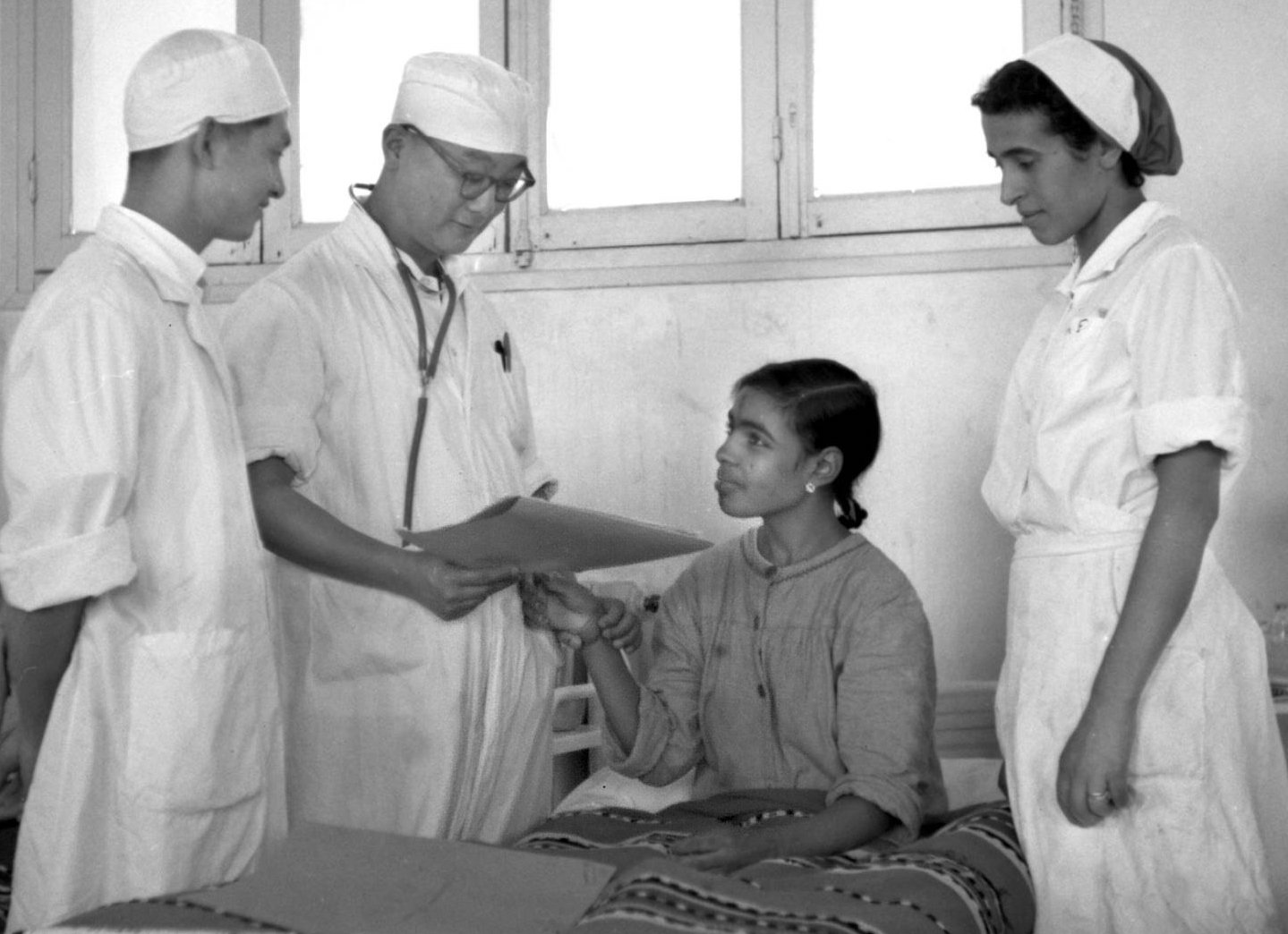
Chinese medical team doctor in Algeria, 1965 | Source: Xinhua
Many of the practices established in these early missions remain in place to this day. Doctors were encouraged to form relationships with local communities on the ground and to teach the medical personnel in their duty stations. Long-term relationship-building was facilitated by the fact that the same Chinese provinces provided the medical personnel to specific countries, and over the years these province-country relations rarely changed.
The decision to dispatch a medical team to a country was often taken following an agreement between China and the recipient country. These agreements were signed on a national government level, with the Chinese embassies on the ground establishing contacts with the host government, and assessing the needs and the details for subsequent deployment. In the explicit process of selecting team members, provincial governments often turn to individual large hospitals to provide specialists and senior medics with the necessary experience to provide care under challenging conditions. Teams then spend an average of 2 years on the ground, before returning home and being replaced by another team. During the COVID-19 pandemic, some teams extended their stay, while the arrival of new teams was delayed.
To get a sense of the spread of their footprint, researchers from AidData have compiled a China database listing the various missions taken by medical teams. Taking the data, one can see that China has sent more than 915 medical teams to 67 countries since the inception of the program. Most of them headed to Africa (43.71%), with Zambia receiving most teams at a total of 40. Apart from routine medical teams, which served on a rotation of 2 years, China also deployed emergency medical teams to countries either facing outbreaks of diseases (e.g., Ebola, COVID-19) or natural disasters (e.g., earthquakes, tsunami). And in addition to the provinces recruiting medical teams, the People’s Liberation Army has also been active in cooperating with foreign militaries to provide medical assistance and training, either through the deployment of teams, or through the deployment of the Navy’s medical ship – the Peace Ark – which has made 3 trips around the world since its commission to provide assistance to underserved communities in multiple countries.
Looking at the database, countries that hosted medical teams in the past two decades were more likely to also receive aid in the form of hospital infrastructure. 48 countries that had Chinese-funded hospitals, had also received medical teams previously. These hospitals have subsequently been used as the main operational base for the medical teams arriving there.
Friendship hospitals: China going all in on infrastructure
The number of medical teams sent abroad by China decreased during the 80’s and 90’s, a period when China was concerned with growing its economy and improving its relationships with the rest of the world. As the focus turned to increasing economic output and fostering trade, capacities for healthcare-related aid went down. After this period of relatively low-level health engagement, China made its return to healthcare aid in big fashion in the early 2000s, through providing required infrastructure, namely hospitals.
A decade before the advent of the BRI, these hospital projects hinted at characteristics that would later become central to the BRI. The hospitals were fundamentally financed by the Ministry of Commerce, with planning and construction mainly given to Chinese construction companies, usually provincial SOEs, who handled roughly 65% of the projects. However, in contrast to traditional BRI projects a decade later, hospitals were financed largely through grants (84%) and not loans (16%), the main difference being that they did not have to be repaid and were not tied to conditions or backed by resources or guarantees.
The fact that most hospital projects received funding through a grant model played a pivotal role in their local success. These projects tended to face minimal opposition, earning widespread praise in the local news for the generous donations of equipment and supplies, renovations of existing hospital infrastructure and ‘lasting impact on healthcare landscape’. Even critics of various BRI projects, known for highlighting concerns like debttraps and one-sided benefits for China, have refrained from criticizing Chinese medical aid.
Since 2000, China has built 113 medical facilities in 64 countries. As with medical teams, the main geographical focus lies in Africa, with 73 projects, while the rest of the world saw 13 projects realized in Asia (mainly Pakistan), 12 in Latin America, 7 in Oceania, and 2 each in Europe (Turkey) and the Middle East.
China spent 22.6 million USD on average on a single project, for a total of 2.25 billion USD. Compared to other large-scale infrastructure projects, these sums are small, and while they do not generate a measurable return on investment, their positive impact on the well-being of the local community, and their contribution to the image of China are certainly tangible. Especially since hospitals are desperately needed in countries that chronically lack affordable and accessible health care. Chinese projects and aid are well received, in part for the fact that China provides a comprehensive solution, beginning with infrastructure, equipment as well as personnel and training.
What does the future hold?
At the Belt and Road Forum in Beijing President Xi’s keynote speech hinted at significant changes to the strategic direction of the initiative moving forward. Instead of massive investments, the BRI is to focus on small-scale yet impactful projects, people-to-people exchanges, and scientific cooperation. China also wants to reap the benefits of having established a fruitful cooperation with many countries in the global south, by improving economic integration and trade. What could this mean for Chinese healthcare investments moving forward?
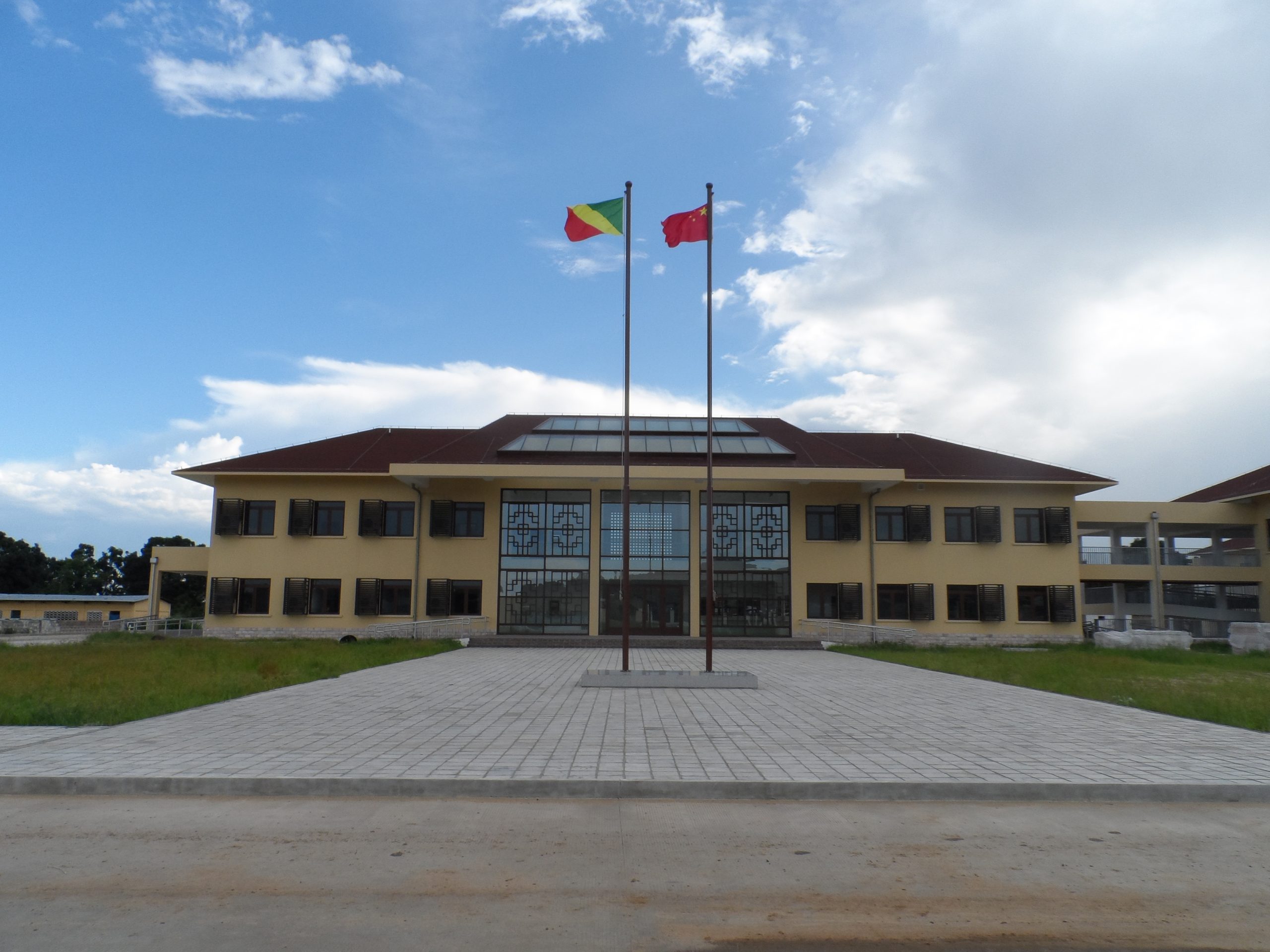
China Congo (Brazzaville) Friendship Hospital in 2013 | CSCEC
Health-related investments have been a source of great success in terms of relationship building. From the tangible success at the UN assembly in 1971 to continuous praise in the global south for China’s commitment to improving health care, paired with the limited and calculable cost associated with medical teams and hospitals, China is likely to continue to cooperate in this realm with its partners. Especially since it is in line with the re-defined strategy of the BRI. However, we might see a shift away from solely hospital construction towards deeper scientific cooperation and exchanges in public health, medicine, talent building and more. While the number of hospitals built abroad peaked in 2007 and 2008, with a brief uptick in 2016, China has increased its investment in prevention and treatment centers for diseases like malaria.
Very recently China cooperated bi- and multilaterally with African countries and the Africa CDC in ramping up lab and diagnostic capacity to address existing and potentially new pathogens with epidemic potential on the continent. Among which, China helped the African Union with completing the Africa CDC’s new headquarters, and supporting them in building reference labs. Meanwhile, Chinese vaccine companies are also increasing their footprint and production capacities on the continent.
We can expect medical teams to continue to deploy in the future, and while the rate at which new hospitals are being added might slow down, investments in the upgrade of existing hospitals and investment in new scientific facilities are bound to increase, and so are training opportunities for doctors and students. As the Health Silk Road continues to develop in the next decade of the BRI, we can be certain that health will continue to have an indispensable place in China’s foreign engagement.
About The Author
Max Girardi
Max Girardi is a Research and Communication Intern at Bridge, with a primary focus on collaborating with leading public health organizations to design and adapt strategic communication campaigns that address global health concerns and promote cross-border cooperation. He is currently pursuing his master’s degree in International Relations at Peking University. Find Max on LinkedIn.

